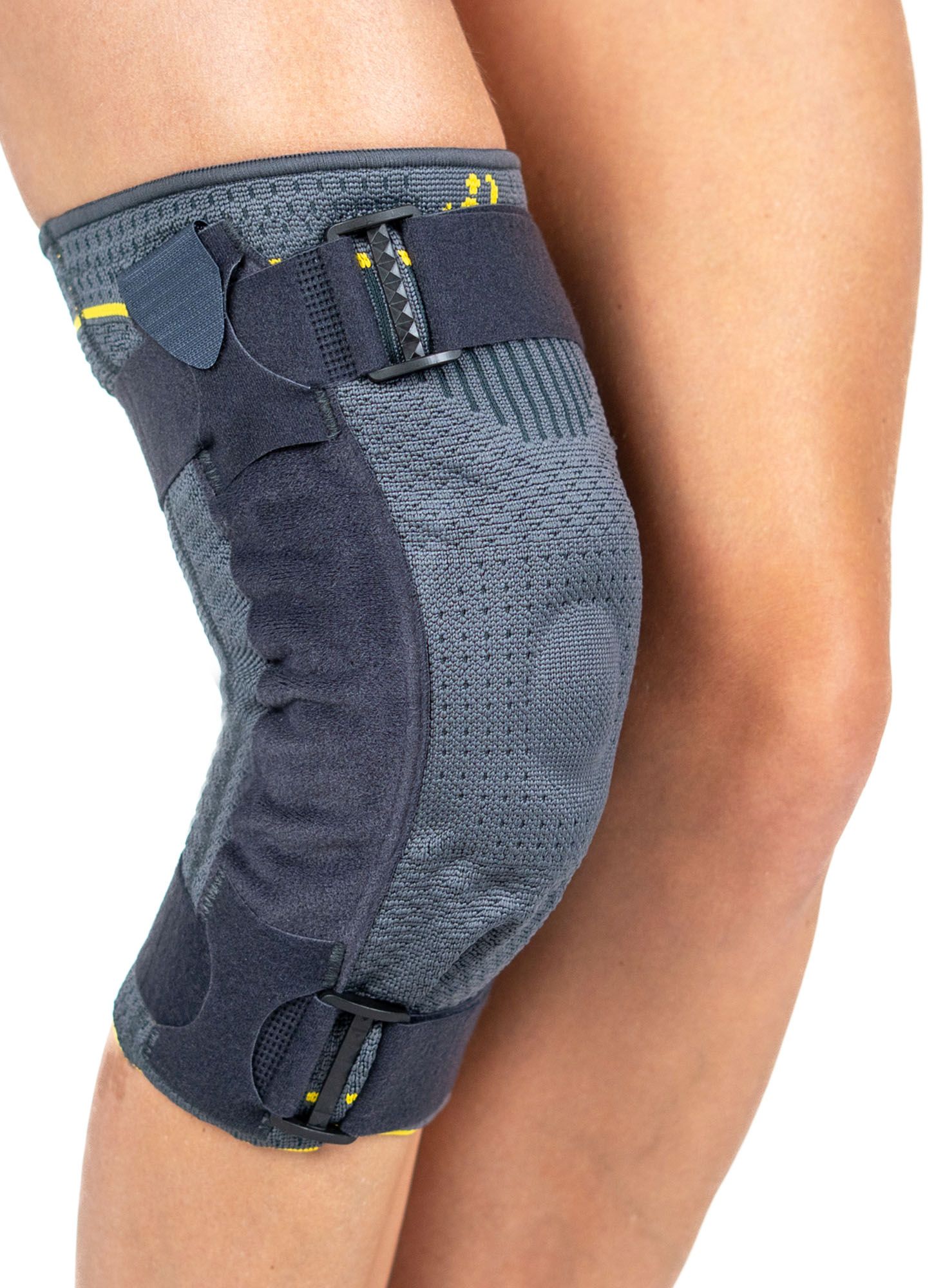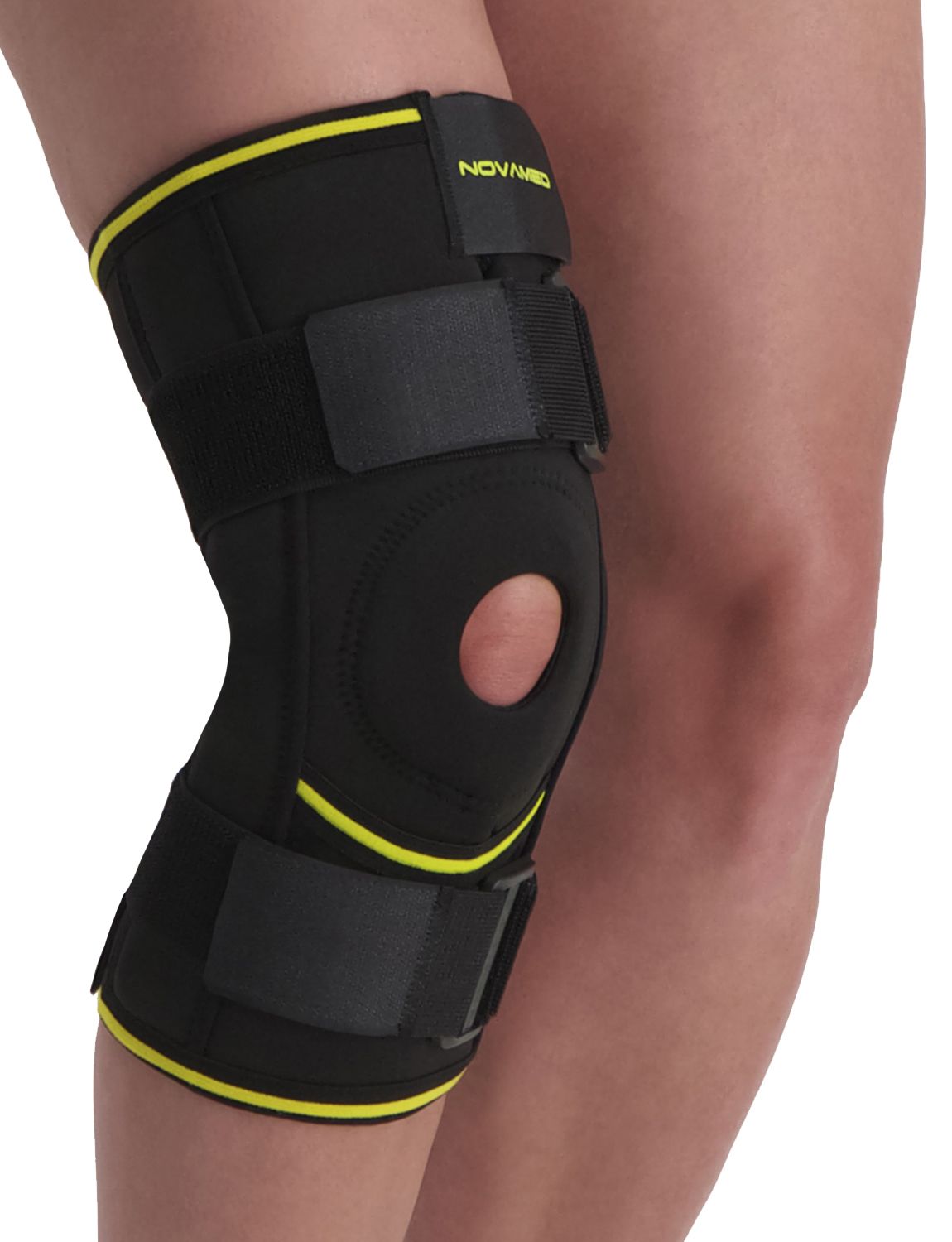Joint Problems (joint wear)
The knee is the largest and most complex joint in the body. It endures a great deal of force during movement. It is therefore not surprising that knee wear and tear is one of the most common forms of osteoarthritis. People over the age of 50 are most affected by this condition.
Cause of knee osteoarthritis (joint wear and tear)
The quality of cartilage deteriorates, causing this tissue to wear out. This usually happens gradually from the age of 50. However, knee osteoarthritis can also occur at a younger age due to a fracture, ligament injury, or a torn meniscus. Symptoms may even appear years after the initial injury. This is because cartilage fragments can cause inflammatory reactions, eventually accelerating the breakdown of cartilage. This can lead to chronic pain. Rheumatoid arthritis is another condition that can damage cartilage, though it progresses in a different way with different symptoms. In such cases, it results in secondary osteoarthritis.
Symptoms of knee osteoarthritis
In knee osteoarthritis, the layer of cartilage between the bones wears away, resulting in bone-on-bone contact. This typically occurs in the knee joint and knee cavity, often radiating to the legs. Symptoms may worsen with activities such as climbing stairs, kneeling, or walking. You may also experience stiffness, especially after resting, such as after sleeping. In addition, fluid buildup and swelling can occur, making it more difficult to stretch or bend the knee. Extra bone growth may also be present, and the knee joint can sometimes suddenly lock up.
Treatment of knee osteoarthritis
The first step is to visit your general practitioner. If the osteoarthritis has worsened, you will be referred to an orthopedic surgeon. The specialist will first ask about your medical history and pain symptoms. This is followed by a physical examination to determine whether osteoarthritis is present. A blood test may also be done to rule out rheumatoid arthritis.
The degeneration of cartilage cannot be reversed. The only way to manage it is to keep the existing cartilage as healthy as possible. This can be achieved by engaging in at least 30 minutes of moderate daily exercise—rest is actually detrimental. Another recommendation is to reduce excess weight, as less weight means less pressure on the knee joint and therefore less wear.
You may also be referred to a physical therapist who will provide specific treatments and exercise programs aimed at preventing further deterioration. Anti-inflammatory drugs and pain-relieving injections are also often administered to counteract wear and tear. Paracetamol may be prescribed, though it does not always provide sufficient pain relief.
If the degeneration is severe and surgery is necessary, the procedure usually involves cleaning the joint through arthroscopy or replacing the knee with a prosthetic.
To help prevent and manage wear and tear, we at Podobrace offer various braces. These are specifically designed to alleviate this type of issue. In our product range, you will find several knee braces for wear-related complaints.

Bauerfeind GenuTrain S Hinged Knee Support

Morsa GenuBerg M4 Hinged Knee Support

Novamed Lightweight Hinged Knee Support

Novamed Knee Support with Adjustable Hinges

Novamed MAX Hinged Knee Support with Crossed Straps

Dunimed Knee Support Wrap

- Physiotherapist
- Sports podiatrist
- Manual therapist
- Podopostural therapist
- Myofascial dry needling specialist


